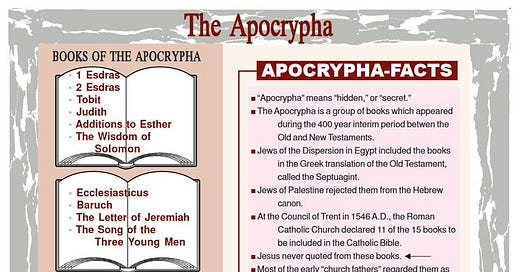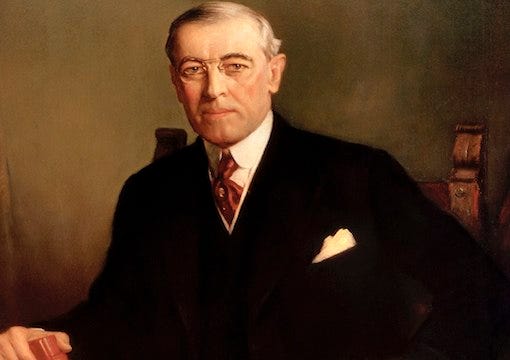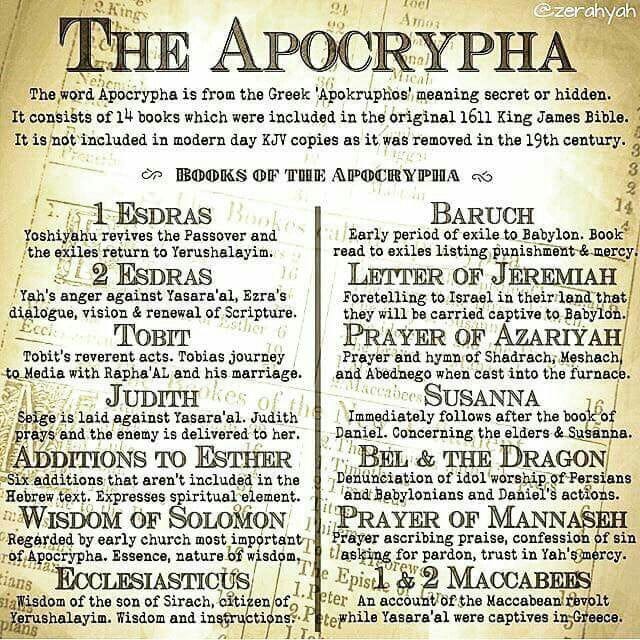Part IV, taken directly from The Founder’s Bible
In 1861, the American Bible Society distributed several million pocket Bibles to both Union and Confederate troops - a practice repeated in every military conflict since. In his Second Inaugural Address in 1864, President Abraham Lincoln acknowledged the fact that the Union and Confederate armies “Both read the same Bible and pray to the same God.”
In 1881, the Revised Version of the King James New Testament was introduced. It compared and corrected the original King James by using ancient manuscripts that had been discovered since 1611. In 1885, the Old Testament was printed, and in 1894 the Apocrypha was completed. The Revised Version became a popular edition in that era.
In 1901, the American Standard Version was introduced – the American revision of the 1885 Revised Version of the King James. It was also widely accepted and used in churches across America.
In 1917, military Bibles were distributed to American forces in World War I. In the front of the New Testament was a message from President Woodrow Wilson:
This book speaks both the voice of God and the voice of humanity, for there is told in it the most convincing of human experience that has ever been written, take it all in all, and those who heed that story will know that strength and happiness and success are all summed up in the exhortation, “Fear God and keep His commandments.”
In 1941, military Bibles were distributed to American forces in World War II. In the front of the New Testament was a message from President Franklin Roosevelt:
As Commander-in-Chief, I take pleasure in commending the reading of the Bible to all who serve in the Armed Forces of the United States. Throughout the centuries, men of many faiths and diverse origins have found in the Sacred Book words of wisdom, counsel, and inspiration. It is a fountain of strength, and now, as always, an aid in attaining the highest aspiration of the human soul. Very sincerely yours, Franklin D. Roosevelt.
Also distributed during the war were New Testaments known as “Heart Shield Bibles.” The front cover was made of steel, with the inscription “may this keep you safe from harm.” Significantly, because it was kept in a soldier’s front breast pocket, the metal cover of the Bible did indeed stop bullets that otherwise would have killed soldiers.
In 1971, the New American Standard Bible (NASB) was published as a revision of the 1901 American Standard Bible. The NASB was a word-for-word translation out of the original Greek and Hebrew manuscripts. This version (which is used in this work, The Founders’ Bible) is considered by Christian translators and scholars to be the most accurate English translation ever produced.
In 1973, the New International Version (NIV) was published as a phrase-for-phrase rather than a word-for-word translation of the Bible. It was intended to be less academic and scholarly and was designed for ease of reading. In 1982, the New King James Version (NKJV) was published as a modern language update of the King James Version – a more modern version of what Webster had done in 1833. In 2002, the English Standard Version was published in an attempt to combine the accuracy of the NASB and the readability of the NIV.
This is a brief look at some of the highlights of how the Bible came to America and some of the major versions that have become part of our history. The remainder of The Founders’ Bible will present specific ideas and versus from the Bible that directly shaped so many of America’s institutions and so much of its culture.
As to the Apocrypha and what we are to make of it, the Apocrypha is a group of books written from about 190 B.C. to about A.D. 210. These books fall into two main divisions, the Old Testament and New Testament apocryphal books. The Old Testament books were excluded from some early versions of the Old Testament but included in others, which in part explains why Bibles used by Roman Catholics contain the Old Testament Apocrypha, while they are no longer included in most Protestant editions of the Scriptures. It is also noted that none of these books were found in the Hebrew canon; they were never quoted by Jesus; and it cannot with certainty be affirmed that the apostles ever directly allude to them. The New Testament apocryphal books were written long after the death of the apostles and other eye witnesses to the life of the ministry of Jesus, and none were judged as authoritative by officials of the early church.
While it is true that every major Bible by a Protestant Reformer included the Apocrypha, it is with the same understanding as that of the early church, which recommended they be read for edification and study, but not as a part of the authoritative canon of Scripture. Martin Luther, who translated the entire Bible into German in 1534, regarded the Apocrypha as profitable and good to be read but not equal to the Holy Scriptures. In 1562, the Church of England said these are books “the Church doth read for example of life and instruction of manners, but yet doth it not apply them to establish any doctrine.” The Westminster Confession of 1643 stated these books had “no part of the canon of Scripture, and therefore are of no authority in the Church of God, or to be any otherwise approved or made use of than other human writings.” However, the Council of Trent in 1546 declared the Apocrypha to be canonical, and this has since been the position of the Roman Catholic Church. Over time, with Sola Scriptura (by Scripture alone) being one of the foundational doctrinal principles of the Reformation – which demands that all other authorities governing Christian life and devotion are to be subordinate to, and are to be corrected by, the written Word of God – as the Reformers continued to debate Roman Catholic leaders over the proper bases for doctrinal formation, they eventually concluded that for sake of clarity the Apocrypha should be dropped altogether from the Bible, signifying that while these books may be useful and were attributed as the work of godly men, they are not inspired writings on the same level as the 66 books of the Bible.
Final part coming next…
Facebook: Toni Shuppe on Facebook
Instagram: Toni Shuppe on Instagram
Truth Social: Toni Shuppe on TruthSocial
Gab: Toni Shuppe on Gab
Telegram: Toni Shuppe on Telegram










Thanks for continuing to explain clearly!